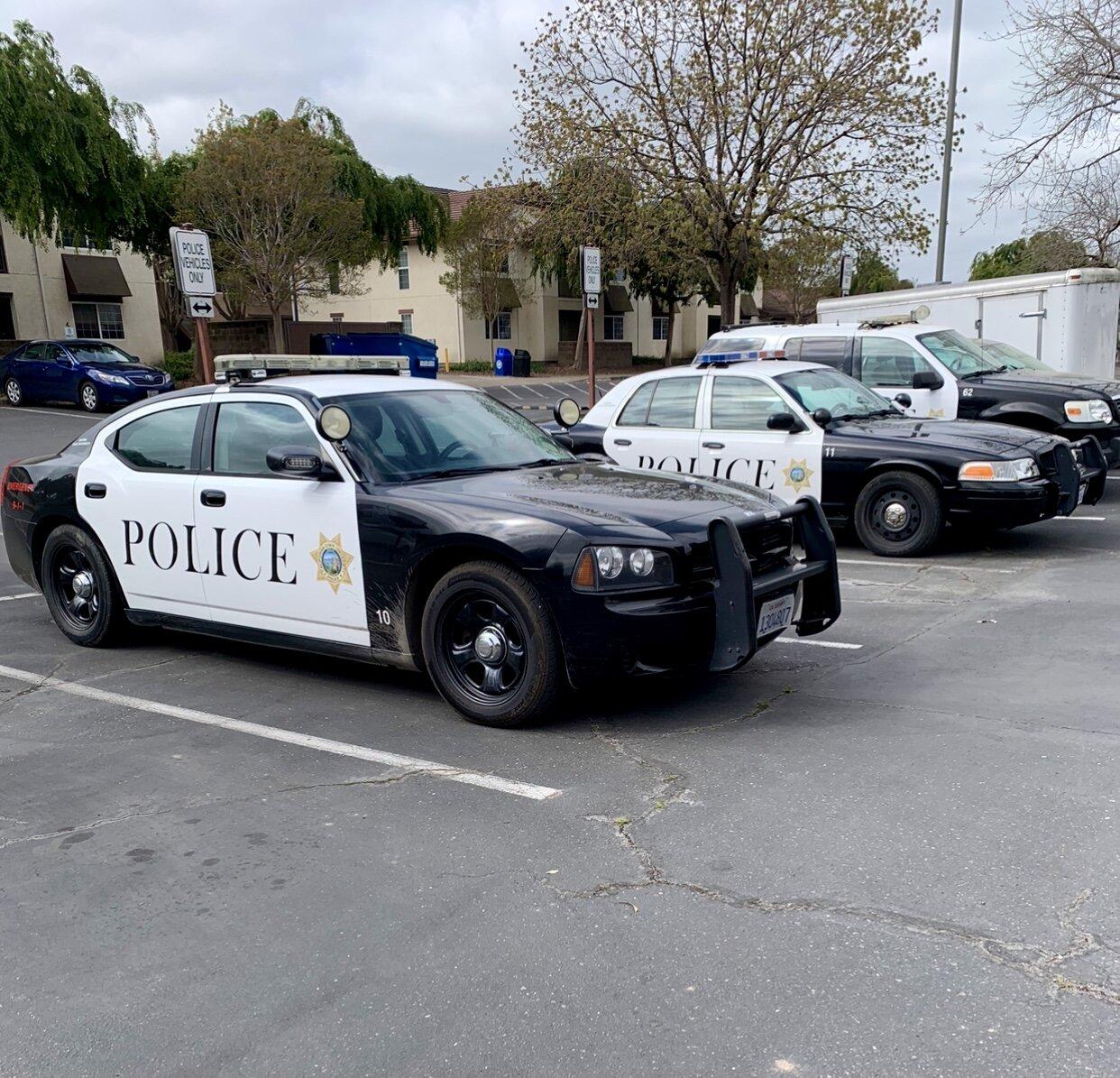As the COVID-19 pandemic and social distancing requirements linger on over a year later, overdose rates have risen over 20% in the past couple years. Isolation, stress and financial hardships are reported as main contributors to the problem.
Of 102 overdoses in Sonoma County in 2020, 94 involved the synthetic opioid fentanyl.
In a one year span, around 81,000 people have died from drug overdoses. That’s the highest number of overdose related deaths in U.S. history, and it’s 20% more than the previous all time high.
With isolation and stress levels rising throughout the country, it has particularly been hard on certain segments of the population. Isolation and stress can be triggers to heavy drug use, which only worsens as those triggers linger on. According to RecoveryCentersofAmerica, “Loneliness or depression can result in using alcohol or drugs to deal with those feelings. Turning to the ‘comfort’ of alcohol or drugs becomes a way of coping with feeling alone, unloved, rejected, and confused.”
Another trigger has been the financial toll the pandemic has brought to most everyone countrywide. People all over the country are left wondering how they’ll get payments in on time.
All of these factors can lead to heavy drug use. In particular, fentanyl, a deadly synthetic drug, has had a rise in popularity over the past few years.
There are many people who have turned to using drugs within the time-span of the pandemic, and those new users sometimes run into new suppliers who lace their pills, stimulants and drugs with fentanyl. Rural and urban areas have been hit hard with overdose rates in the past couple years due to fentanyl use rising and being cut into other drugs.
Sonoma State Chief of Police Nader Oweis said, “I am aware of the recent Sonoma County Coroner’s report that several media outlets have reported on. I am also aware of overdoses surrounding fentanyl, similar to what was reported by the Coroner, in many Bay Area communities.”
He also added, “I don’t want to speculate on whether or not the pandemic has directly resulted in the increase but as the various communities have reported the increase has been very noticeable.”
Over the past few months, the CDC has been coming out with updated death statistics. There has been an alarming rise in overdose deaths during the COVID-19 pandemic.
CDC Director Robert Redfield in a statement said, “The disruption to daily life due to the COVID-19 pandemic has hit those with substance use disorder hard.” He continued, “As we continue the fight to end this pandemic, it’s important to not lose sight of different groups being affected in other ways. We need to take care of people suffering from unintended consequences.”
The overdose rates started rapidly rising during the beginning of the pandemic, and have only continued to skyrocket into 2021. Fentanyl related deaths have doubled in the past few years.
According to StatNews, a health oriented online newsite, “British Columbia[n] officials reported nearly five overdose deaths per day in 2020, a 74% increase over the previous year.” Another study reported by StatNews showed that emergency room overdoses have gone up nearly 50% within the past year.
After reviewing all available overdose data, CommonWealthFund found that between January 2020 to August 2020, “estimates show that total overdose deaths spiked to record levels in March 2020 after the pandemic hit.”
They also said, “Monthly deaths grew by about 50 percent between February and May to more than 9,000; they were likely still around 8,000 in August. Prior to 2020, U.S. monthly overdose deaths had never risen above 6,300.”
The abuse of opioids drove these numbers through the roof throughout 2020. Around 10 years ago every 1 in 100,000 people died from an overdose, but now in 2021, that number has skyrocketed and is at 20 in every 100,000 die from an overdose now. This number in deaths in recent years has been due to heavy use of methamphetamine and other hard street drugs that are going around.
With the end of the pandemic in sight with vaccination numbers rising daily, many people are hopeful overdose rates in the U.S. will go down drastically.



































